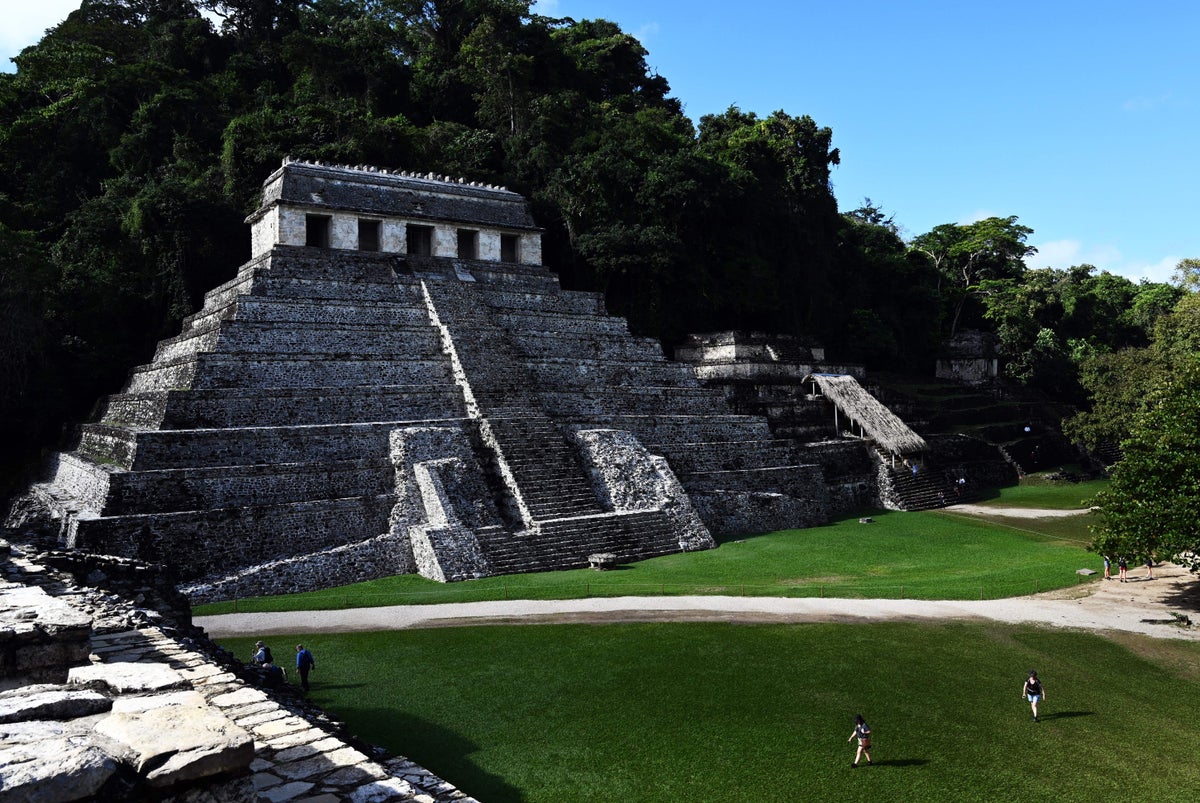
Ancient Maya cities were contaminated with “dangerous” levels of mercury that may have posed a health hazard to the people living in the mesoamerican civilisation, according to new research.
The review of studies, published recently in the journal Frontiers in Environmental Science, found the “unexpected danger” of mercury pollution beneath the soil surface of cities of the ancient Maya in Mesoamerica likely caused due to the frequent use of mercury and mercury-containing products by the people of this time between 250 and 1100 CE.
“Discovering mercury buried deep in soils and sediments in ancient Maya cities is difficult to explain, until we begin to consider the archeology of the region which tells us that the Maya were using mercury for centuries,” study co-author Duncan Cook from the Australian Catholic University said.
In the study, scientists reviewed all data on mercury concentrations in soil and sediments at archeological sites across the ancient Maya world for the first time.
They found mercury concentrations ranging from 0.016 parts per million (ppm) at some regions to “extraordinary” levels of 17.16 ppm in other places.
In comparison, researchers say the Toxic Effect Threshold (TET) for mercury in sediments is defined as 1 ppm.
Citing previous studies, they say sealed vessels filled with liquid mercury have been reported at several ancient Maya sites, including at Quiriqua in Guatemala, El Paraíso in Honduras, and the multi-ethnic megacity Teotihucan in Central Mexico.
Archaeologists have also previously unearthed mercury-containing paints, mainly made from the mineral cinnabar, at other places in the Maya region.
Based on these observations, scientists say ancient Maya may have frequently used cinnabar and mercury-containing paints and powders for decoration.
This mercury, they say, may have leached from patios, floor areas, walls, and ceramics, and spread into the soil and water.
“For the Maya, objects could contain ch’ulel, or soul-force, which resided in blood,” said Nicholas Dunning, another co-author of the study from the University of Cincinnati in the US.
“Hence, the brilliant red pigment of cinnabar was an invaluable and sacred substance, but unbeknownst to them it was also deadly and its legacy persists in soils and sediments around ancient Maya sites,” Dr Dunning explained.
Researchers suspect that elemental mercury and cinnabar found at the Maya sites may have been originally mined from known deposits on the northern and southern confines of the ancient Maya world, and imported to the cities by traders.
The widespread use of the metal may have posed a health hazard for the ancient Maya, scientists say.
Studies have shown the toxic effects of chronic mercury poisoning, including damage to the central nervous system, kidneys, and liver.
The liquid metal is also known to cause tremors, impaired vision, and hearing, paralysis, and mental health problems.
Scientists call for further research to determine whether mercury exposure played a role in larger sociocultural change and trends in the ancient Maya world.
“We conclude that even the ancient Maya, who barely used metals, caused mercury concentrations to be greatly elevated in their environment,” Tim Beach, another author of the study from the University of Texas at Austin, said.







